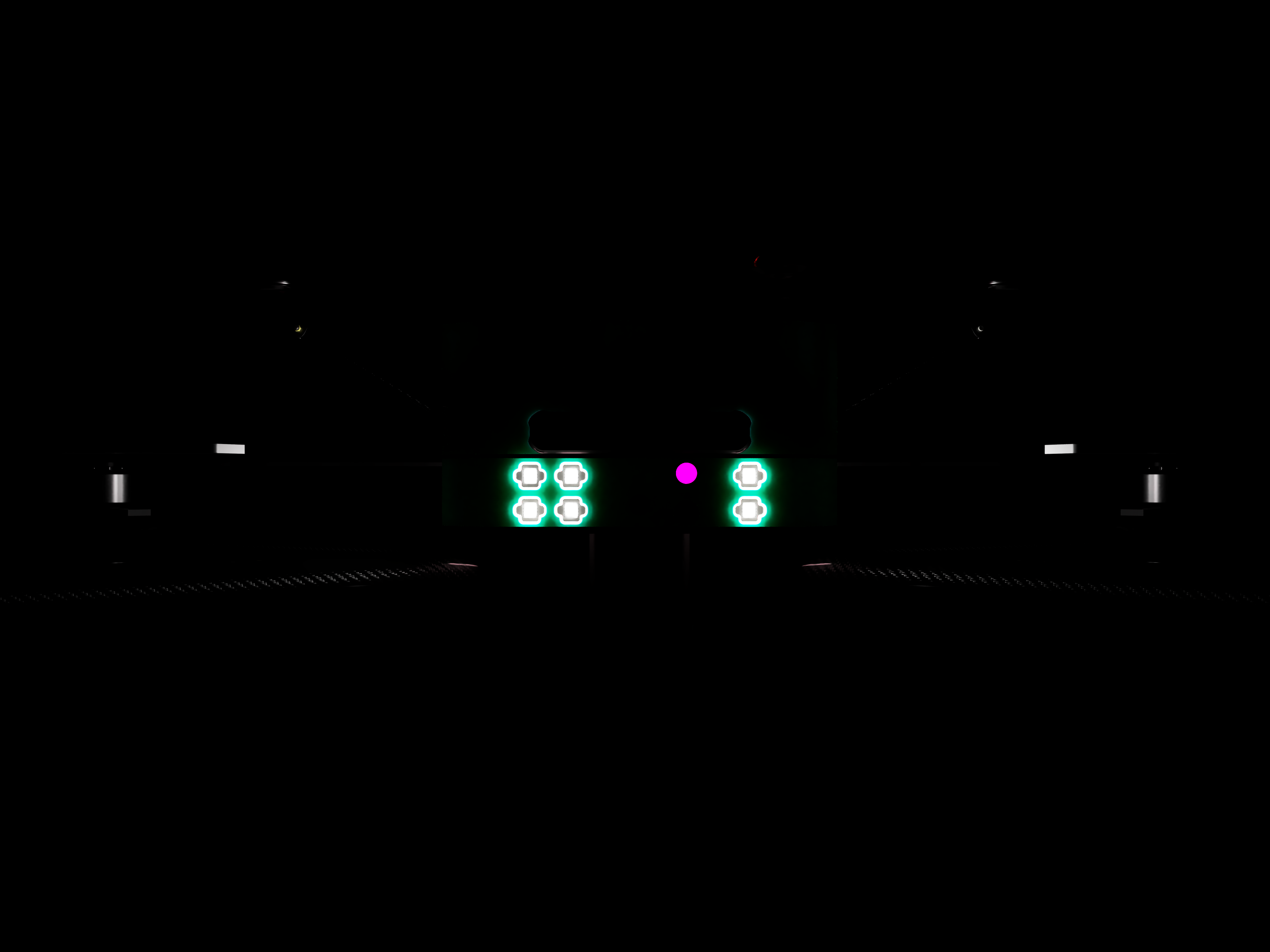Sphecius UAV: Advancing Our UAV Capabilities
The Sphecius UAV is the next step in our UAV development journey, succeeding the Cicada UAV. Designed in-house, Sphecius is a large-scale, fully automated UAV intended for operational testing and full integration with our cutting-edge systems, including Project Nest.
Evolution from Cicada to Sphecius
Building on the lessons learned from the Cicada UAV, Sphecius represents a significant leap forward in our UAV technology. While Cicada served as a crucial stepping stone, allowing us to experiment with various technologies and concepts, Sphecius is designed to push these advancements further, offering enhanced capabilities and greater integration with our systems.
Design and Capabilities
Sphecius is developed to be a robust and versatile UAV, capable of handling complex operations autonomously. Key features include:
- Fully Automated Operation: Sphecius is designed to operate with minimal human intervention, utilizing advanced automation technologies to perform tasks efficiently and accurately.
- Large-Scale Design: Unlike its predecessor, Sphecius is built on a larger scale, allowing for more extensive testing and operational capabilities.
- System Integration: One of the primary objectives for Sphecius is to ensure full compatibility with Project Nest. This includes seamless integration with Nest's airspace monitoring and UAV control functionalities.

Operational Testing
The primary purpose of Sphecius is to serve as a platform for operational testing. By integrating with Project Nest, Sphecius will help us validate the feasibility and performance of our automated systems in real-world scenarios. This involves rigorous testing under various conditions to ensure reliability and effectiveness.
Future Prospects
Sphecius is not just a UAV; it's a testament to our commitment to advancing UAV technology and airspace management. Its development marks a critical phase in our journey, paving the way for more sophisticated and integrated UAV systems. As we continue to refine and test Sphecius, we are excited about the potential applications and advancements this project will bring.
Conclusion
The Sphecius UAV signifies our ongoing dedication to innovation and excellence in UAV technology. As the successor to Cicada, it embodies the progress we've made and the ambitious goals we strive to achieve. With its full integration into Project Nest, Sphecius is poised to play a vital role in our future endeavors, setting new standards for automated UAV operations.